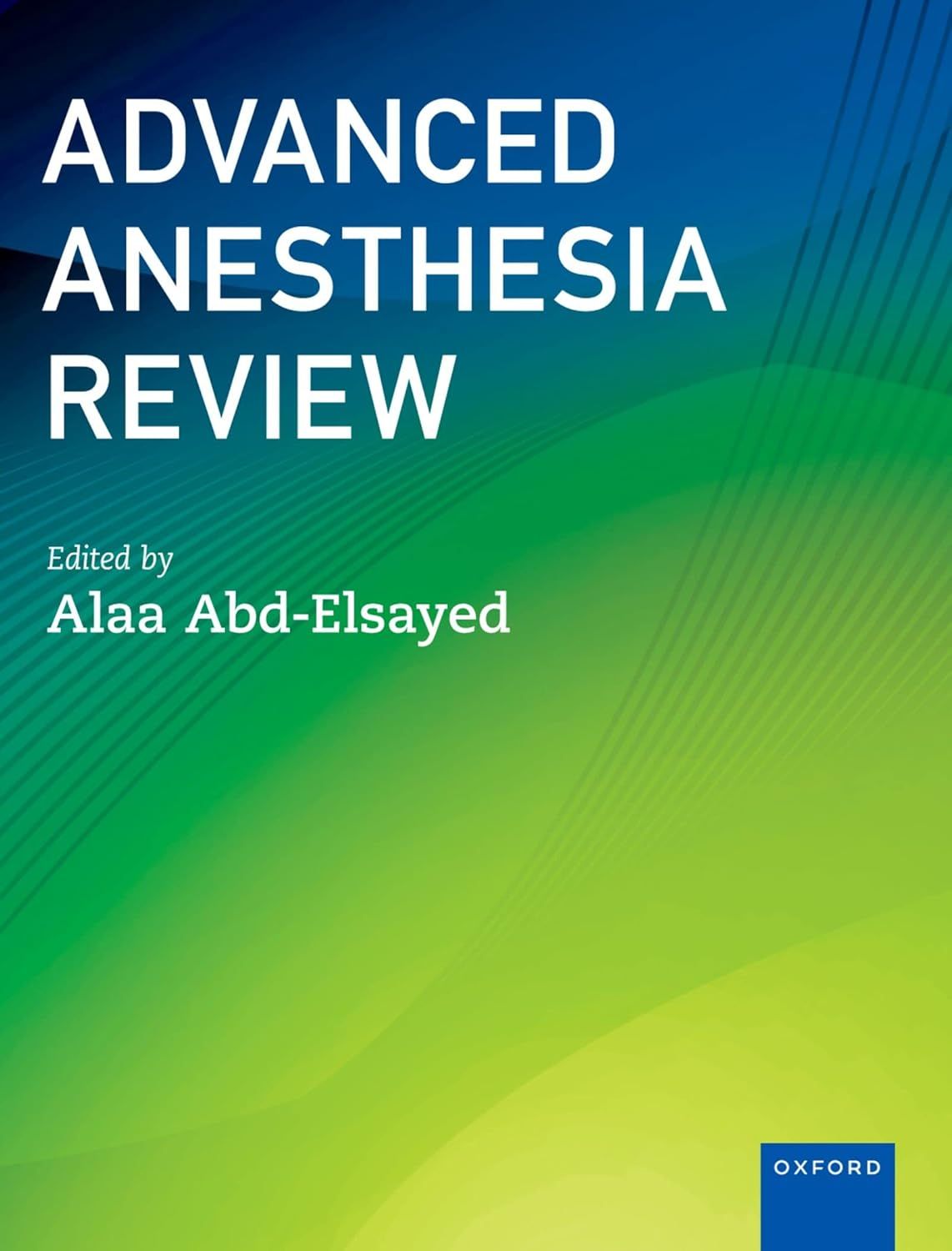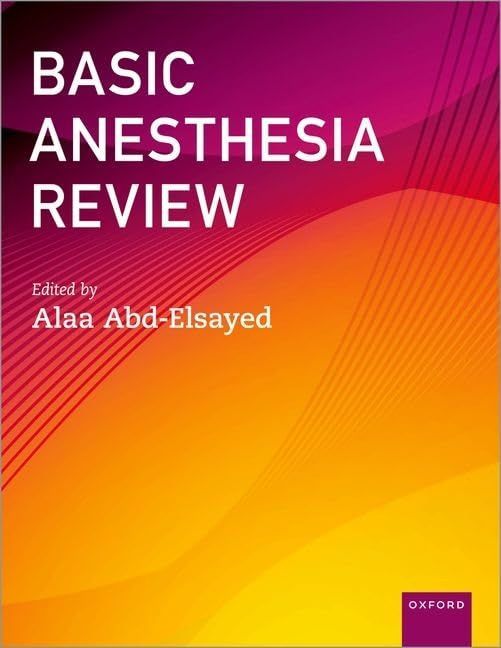The ABA In-Training Exam preparation experience has been significantly enhanced. Our platform now features updated questions, clear and concise explanations, and a comprehensive array of visuals tailored to support your success. PAB’s ABA In-Training SmartPrep platform is the premier choice for those seeking to excel in their exam preparation.
Here’s what you can expect from the ABA ITE PAB's SmartPrep 2025 New Edition:
- Transform your preparation with over 2,000 exam-style questions meticulously aligned with the ABA content outline and critical keywords.
- Each question is accompanied by clear and concise explanations that rigorously detail the rationale behind every correct and incorrect answer choice.
- Enhance your understanding through more than 250 illustrations, images, and decision-making algorithms designed to clarify complex concepts.
- Benefit from over 300 tables that effectively summarize high-yield topics and conditions essential for mastery.
- PAB's SmartPrep Bank comprehensive resource is fortified by references to authoritative textbooks, peer-reviewed journal articles, and established guidelines, ensuring you are equipped with credible and high-quality information.
Take PAB's SmartPrep Sample Question
A 32-year-old woman presents in the emergency department with acute onset tachypnea and shortness of breath after suffering a chest contusion due to a vehicular collision. Chest x-ray reveals bilateral infiltrates. After intubation, all of the following parameters can be set on the ventilator EXCEPT:
(A) P-high 30 cmH2O
(B) P-high 20 cmH2O
(C) P-low 5 cmH2O
(D) P-low 10 cmH2O
Did you get it right?
Answer Explanation
A is incorrect. This is a case of acute lung injury which is managed with airway pressure release ventilation (APRV). An APRV P-high setting of 30 cm H2O is within the acceptable range of 15-30 cmH2O.
B is incorrect. This is a case of acute lung injury which is managed with airway pressure release ventilation (APRV). An APRV P-high setting of 20 cm H2O is within the acceptable range of 15-30 cmH2O.
C is incorrect. This is a case of acute lung injury which is managed with airway pressure release ventilation (APRV). An APRV P-low setting of 5 cm H2O is within the acceptable range of 0-5 cmH2O.
D is correct. This is a case of acute lung injury which is managed with airway pressure release ventilation (APRV). An APRV P-low setting of 10 cm H2O is not within the acceptable range of 0-5 cmH2O.
Bottom Line Explanation:
Airway pressure release ventilation (APRV), is also referred to as Bi-level Positive Airway Pressure (BiPAP) or pressure-control ventilation with pressure support (PCV+), depending on the manufacturer. It is a form of pressure-controlled, time-cycled mode of ventilation that provides two different levels of CPAP (P-high and P-low) with an inverse I:E ratio and allows spontaneous breathing at both levels of CPAP. An APRV P-high should be between 15-30 cm H20 and P-low between 0-5 cm H2O.
References:
Hess D, Kacmarek, R. Advanced Modes of Mechanical Ventilation In: Essential of Mechanical Ventilation. 4 ed. McGraw-Hill. 2019, page 73-86




